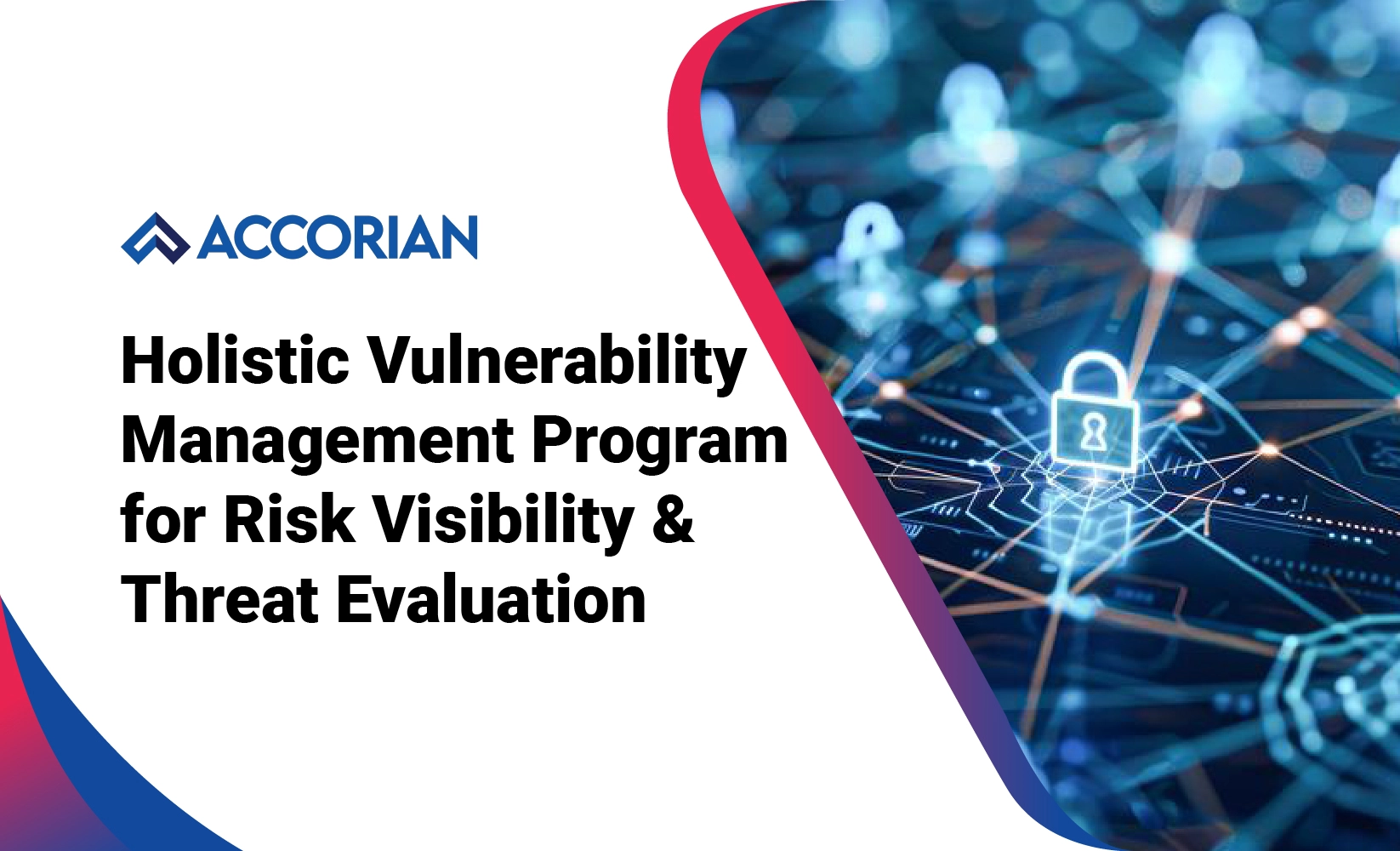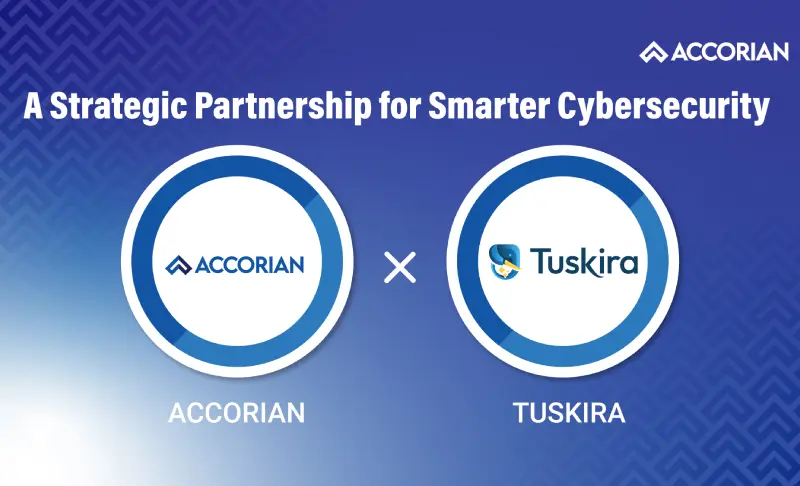Penetration Testing
Penetration testing is an authorized, simulated attack conducted on systems to assess security. In this process, penetration testers employ tools, techniques, and procedures typically used by malicious actors to identify and demonstrate the potential business impact stemming from vulnerabilities within the system. Furthermore, while scrutinizing different system roles, they ascertain whether a system exhibits the resilience required to withstand attacks from both authenticated and unauthenticated systems.
Why Do You Need
Penetration Testing?
Why Do You Need Penetration Testing?
Penetration testing extends beyond detecting common vulnerabilities through automated methods, as it also identifies more intricate security issues, such as business logic flaws and complex workflow issues.
OBJECTIVES:
Detecting vulnerabilities and validating security controls
Meeting regulatory requirements
Reducing attack surface and informed about the ever-evolving cyber threat landscape
Protecting your organization's defenses against security breaches
01
AI Chatbot Penetration Testing
AI chatbots are assessed for security flaws across conversational flows, LLM components, and integrations. Testing includes web interfaces, APIs, and chatbot-specific interactions to ensure robust, end-to-end protection.
02
Application & API Penetration Testing
Applications and APIs are meticulously assessed by certified experts to uncover vulnerabilities such as authorization issues, workflow flaws, and misconfigurations—mitigating risk across diverse programming languages and software ecosystems.
03
Cloud Security Assessment
04
DevSecOps
05
External Network Penetration Testing
06
Internal Network Penetration Testing
Internal networks are tested to uncover vulnerabilities that could be exploited by insiders or compromised accounts. These assessments help safeguard sensitive data and maintain operational integrity against evolving internal threats.
07
PCI ASV Scan
PCI SSC-approved ASV services support businesses in meeting quarterly scan requirements by identifying external vulnerabilities. These scans validate PCI DSS compliance, regardless of company size or transaction volume.
08
Phishing/Vishing/Social Engineering
09
Red Teaming
Real-world attack scenarios are simulated by skilled Red Teamers to expose vulnerabilities and evaluate detection and response capabilities. They also provide guidance to strengthen defenses and protect assets against evolving threats.
10
SaaS Security Assessment
SaaS environments are evaluated for security gaps and misconfigurations, with remediation strategies provided to strengthen defenses. Reviews promote best practices, enforce robust controls, and support regulatory compliance across industries.
11
Secure Code Review
AI-driven tools and expert analysis are leveraged to identify code-level vulnerabilities and deliver context-aware security. Integrated with CI/CD and DevSecOps, these reviews ensure continuous protection throughout the development lifecycle.
12
Vulnerability Scanning
Automated scans are conducted to detect exploitable weaknesses across known CVEs. The resulting insights enable organizations to prioritize fixes or apply compensatory controls, enhancing resilience against cyber threats.
13
Wireless Penetration Testing
Wireless network security is rigorously evaluated to detect vulnerabilities, with comprehensive recommendations provided to strengthen defenses against unauthorized access and potential threats.
Top 10 Web Application Vulnerabilities

Broken Access Control
It covers various access control issues, ranging from unauthorized actions to cross-organization access, and can appear at multiple severity levels.

Broken Authentication
It encompasses authentication flaws, including account takeover, MFA bypass, and weak password policies.
Accorian’s Proven Approach
Planning and Reconnaissance
- Use passive techniques like searching online resources to gather information about the target system or network
- Use active techniques like port/service scanning and enumeration to identify potential weaknesses and develop test cases
- Traverse through the application to identify workflows and feature lists and develop test cases
Vulnerability Analysis
- Perform an automated scanning process to detect all easily identifiable findings
- Validate the vulnerablities identified by the scanner to eliminate false positives
- Conduct manual testing of the application/systems against all potential threats identified during the reconnaissance phase
Exploitation
- Leverage TTPs (Tactics, Techniques & Procedures), proprietary tools, & research to discover and analyze
- Exploit the identified vulnerabilities to evaluate their impact on the systems
- Traverse through the application to identify workflows and feature lists and develop test cases
Post Exploitation
Remove all exploit files or payloads that have been uploaded or installed on the target system
Reporting
- Prepare comprehensive reports tailored for technical and executive teams
- Provide clear illustrations of identified vulnerabilities, including descriptions, mitigation strategies, & steps to reproduce
- This will assist in verifying the implementation of appropriate measures to address the identified issues
10 Tips For
Choosing The Right
Penetration Testing
Service Firm
10 Tips For Choosing The Right Penetration Testing Service Firm
Top 10 Network Vulnerabilities

Credential Management
Weak or default credentials for admin accounts

Authentication
Web Server uses Basic Authentication over HTTP (insecure)
Why Choose Accorian?
Accorian is CREST Accredited & PCI ASV to start with
CREST (The Council for Registered Ethical Security Testers) is a not-for-profit accreditation and certification body representing the technical information security industry. The CREST Codes of Conduct contain the basic principles that underpin good business practice and ethics, which are all-pervasive. Notably, they describe the standards of practice expected of Member Companies and their Consultants that must be observed in parallel with the Code of Ethics.
Accorian is a PCI ASV. Approved Scanning Vendors (ASVs) are PCI SSC-notified bodies that provide data security services to evaluate how well an organization’s PCI DSS compliance meets detailed scanning requirements. Along with running ASV scans to check for compliance, Accorian can help your business streamline operations in this area by making suggestions for how to fix or make up for any vulnerabilities that are found. Moreover, our experts will recommend the best-in-class vendors for all your security needs.
Why Should You Choose a CREST Accredited Partner?
Choosing a CREST-approved partner not only instills confidence and trust but also ensures that the chosen penetration testing service provider has undergone rigorous controls to achieve accreditation. Additionally, they have access to industry-leading resources and events, ensuring their expertise is up to date.

How Is Penetration Testing
Different With Accorian?
How Is Penetration Testing Different With Accorian?
We leverage our automated scanners & tools along with our custom scripts to conduct thorough assessments and ensure comprehensive coverage
Combined experience of working with 500+ clients on 2100+ penetration tests, detection of 25000+ vulnerabilities, & 100% success rate in red team engagements
A Trusted Vulnerability Assessor & an Approved Scan Vendor (ASV) for organizations in sectors such as bank financial services, credit unions, eCommerce, & SaaS that need to adhere to PCI DSS requirements
Our test plans aim to cover 200-400 checks for network penetration tests and 400-800 reviews for application penetration tests
Our time-tested and proven penetration testing methodology is built using OSSTMM, OWASP, NIST, & PTES standards
End-to-end project management for assessments with comprehensive & detailed reporting through our platform
Accorian’s
Penetration Testing Leadership
Penetration testing isn't just about finding vulnerabilities; it's about empowering organizations to fortify their defenses against evolving cyber threats. Through meticulous analysis and simulated attacks, we uncover weaknesses before malicious actors do, ensuring your digital assets remain resilient in the face of adversity.






